
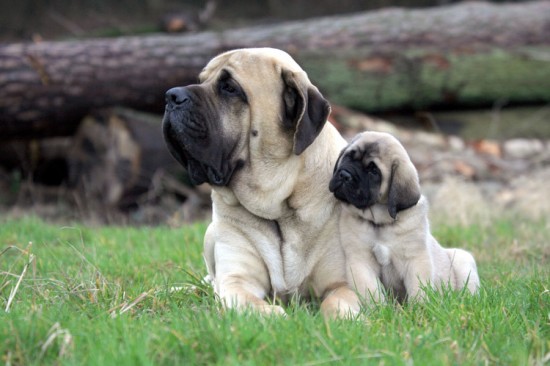
So you've finally made the decision to get a new puppy. You've done all the research. Maybe you are buying a pedigree pup, maybe rescuing one from a shelter, but amidst all the excitement you need to consider how to integrate your new addition into your family, particularly if you already have a much loved dog at home. You need to take time to think about how you are going to juggle not only the initial introduction but also housetraining and behaviour training with the new puppy whilst also keeping your existing pet happy.
Dogs are naturally social creatures. They generally enjoy the company of other dogs, but it's important to know your dog and how they are likely to react. If they are not well socialised themselves it will create problems bringing another dog into their territory and in this instance you may be wise to consult a pet behaviour therapist before attempting it. However if your dog is well adjusted and general friendly to other dogs, there are ways in which you can make this integration easier and less stressful.
There are a few steps you should take before you bring your new puppy home. Firstly make sure that both animals are fully up to date with their vaccinations and have been treated for worms and parasites. This is especially important if the puppy has been abandoned and coming from a shelter.
Purchase a new set of items for your puppy, including feeding bowls, toys and a bed. Do not expect your resident dog to share anything that belongs to him. Even if he has not shown any possessive tendencies before, this is always a wise precaution to take.
Before you actually bring your puppy into your home it is advisable to set up an initial meeting in a neutral area, for example a neighbour's garden or in a local park. It's best to meet in an open area where the dogs have plenty of other things to distract them. To do this you will need to enrol the help of a family member or friend, so that each dog has one to one supervision. Keeping them on their leashes, bring the dogs together and allow them to greet and sniff each other. Hold their leashes loosely so that they don't feel as though they are being held back, but do not try to force them together. Don't hold the puppy in your arms as you introduce him, this will make the puppy feel trapped and threatened. Stand with your legs apart so that the puppy can retreat between them and take refuge if necessary.
You must stay as relaxed as possible as the dogs will pick up on any tense feelings you may be having. At this stage the puppy is likely to display submissive behaviour such as licking the older dog's muzzle or lying down and rolling over. Your older dog may snap or growl at the puppy but this is normal behaviour and just their way of teaching the puppy some manners! Of course, if your older dog continues to act aggressively you need to remove him from the situation. Well socialized dogs will check the puppy out and then either choose to play with them or just ignore them. A classic invitation to play is when the dog's front end goes down and their tail end goes up!
Keep this initial meeting brief, walk home from the park together (known as parallel walking) and once you reach your house go in as normal letting your older dog off the leash. Keep the puppy on their leash and let them explore the room. When your resident dog acts in a positive and friendly manner let the puppy off the leash to explore.
Always supervise any interactions between the dogs, especially for the first one to two weeks as they get to know each other. Do not leave them alone. Keep all existing routines, such as walk times, playtimes and particularly meal times as normal. Make the puppy fit into the routine you already have.
Be very careful to monitor situations which may trigger aggression, for example when you come home, when guests visit, walk times, playtimes and meal times, both yours and theirs. It is also very important to spend time alone with each dog, so that your older dog continues to receive the one to one attention they are used to and your puppy gets the chance to develop a bond with you. If you only spend time with both dogs together, they primarily bond with each other.
At mealtimes, make sure that you feed your pets separately from their own food bowls. Put these as far apart as possible and always discourage them from trying to bully the other animal from its food. When they have eaten, remove the bowls. Teach them not to touch or eat from each others bowls even if the other dog has walked away.
Remember that the older dog will try to teach the puppy some manners and show it how to behave so some snapping and correction will happen. However do not let this become excessive and also don't let the puppy continually harass your dog. If they do start to fight, stop it as quickly as possible so that they don't develop a pattern of aggressive behaviour.
With time and patience both dogs will learn to accept each other, but until this point always make sure that they are not left alone together as far as is possible, keeping them in separate rooms or parts of the house if necessary. Taking the few steps listed above will ensure that your new puppy becomes part of the family with as little fuss as possible.
 Nova Scotia Duck Tolling Retriever Hereditary Health And Health Testing
Nova Scotia Duck Tolling Retriever Hereditary Health And Health Testing
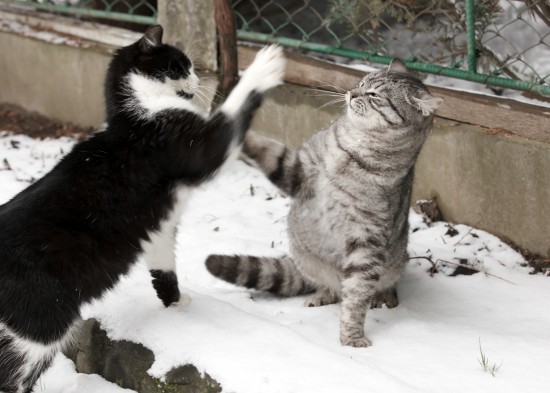 Help, How Can I Stop My Cat From Fighting - Cat Aggression
Help, How Can I Stop My Cat From Fighting - Cat Aggression
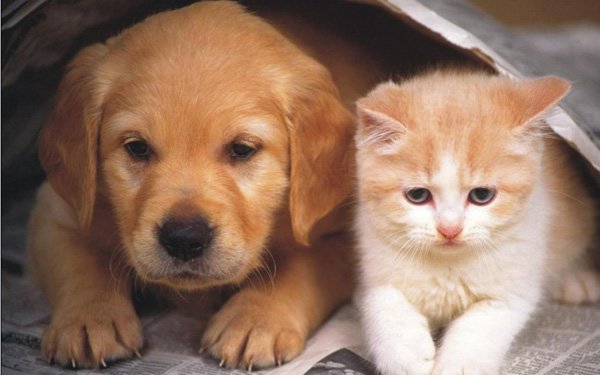 Chicken Houses: What Is So Elegant And Stylish About Them?
Chicken Houses: What Is So Elegant And Stylish About Them?
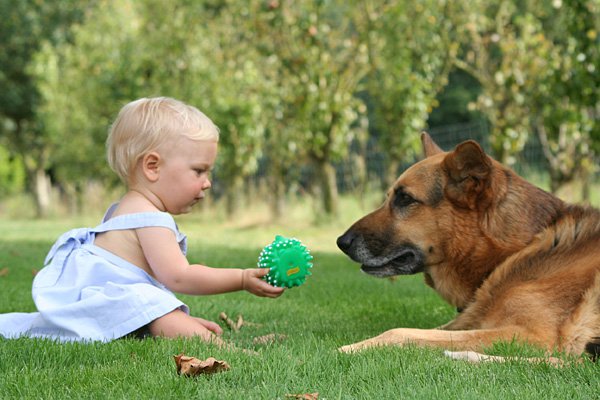 All you need to know about Pet Orthopedic surgeons in Gurgaon
All you need to know about Pet Orthopedic surgeons in Gurgaon
 Best Tips For New Cat Owners
Best Tips For New Cat Owners
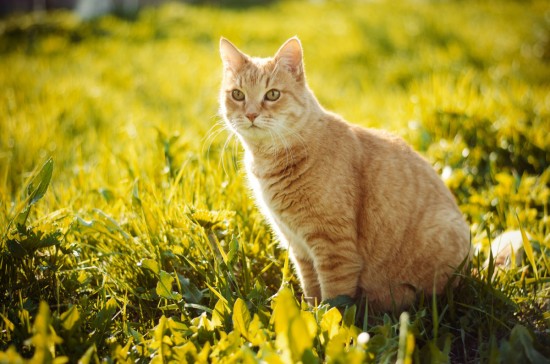 Pancreatitis In Cats
Pancreatitis In Cats
Copyright © 2005-2016 Pet Information All Rights Reserved
Contact us: www162date@outlook.com